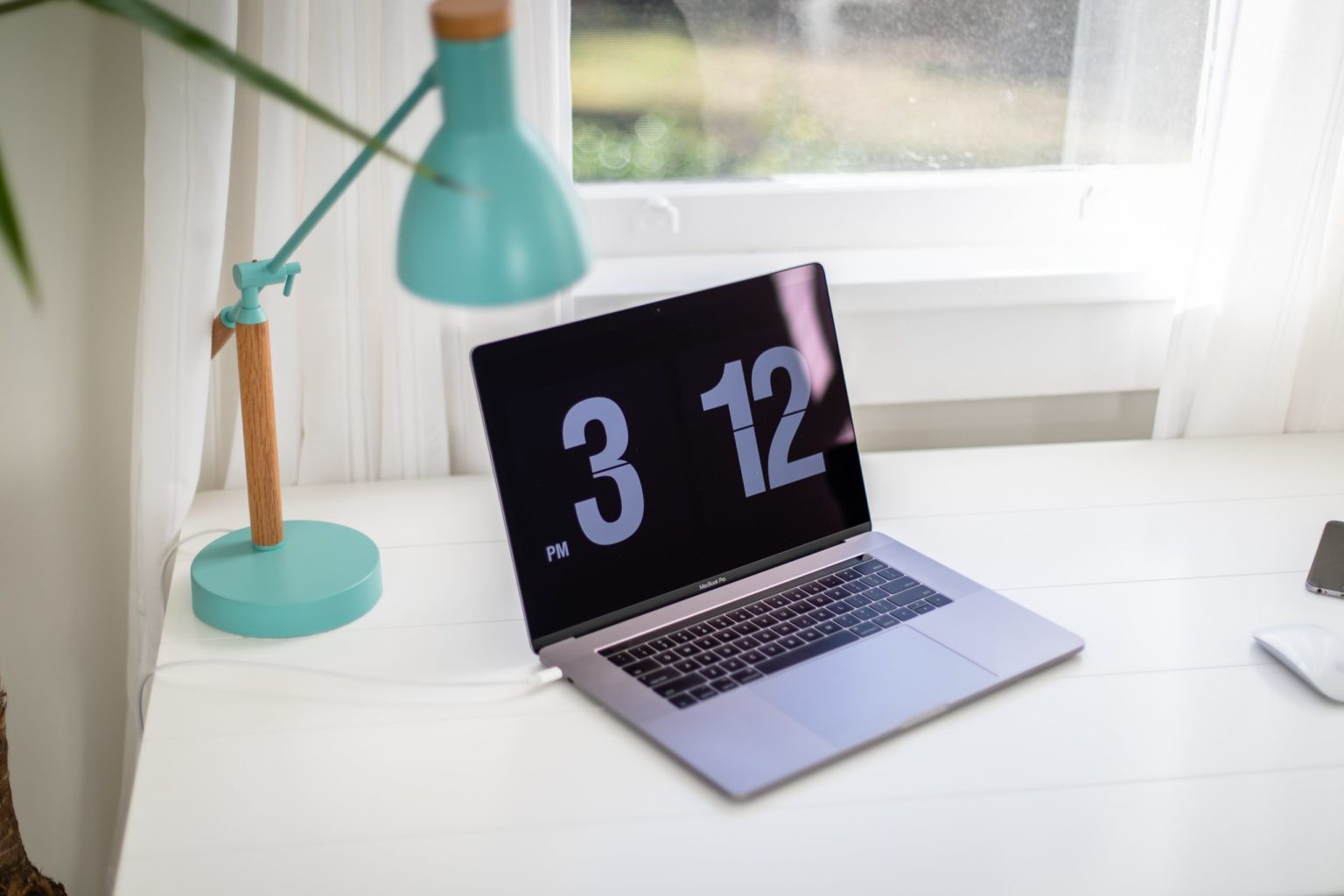
When is the Best Time to Send Emails? A Guide for Retailers
Email send time matters — a lot. You might have the absolute perfect email for shoppers, but if it doesn’t get in front of them at the right time, they’ll never even see it.
For email marketers in retail, that’s a nightmare come to life. It takes hours to assemble an email’s subject line, copy, and creative, perfectly designed for a target audience. It’s defeating to know that something as simple as the time of day can affect your total email opens.
Send time optimization isn’t as straightforward as some may imply, however. Let’s take a closer look at why that is.
So, When’s the Best Time to Send an Email?
Let’s cut to the chase. Various studies have analyzed bulk emails to find the best possible time to send them, and they’ve published the results to marketers everywhere. Here’s a quick summary of the best times to send an email according to three studies:
- Mailchimp: Tuesday or Thursday afternoon will net you the most opens.
- Hubspot: Tuesdays get the most opens, but Mondays and Wednesdays are very effective too.
- GetResponse: Each day of the week has similar open rates, while weekends have a high click-to-open rate.
According to these studies, customers are likely to open your email on Monday, Tuesday, Wednesday, Thursday, or Friday. And while the weekends get far less total engagement, your click-to-open rate will be higher than usual. This leaves us with a consensus: Send emails sometime between Monday morning and Sunday evening.
If you’re wondering how this could happen, it’s because every business and email subscriber is unique. There isn’t one single day of the week (or time of day) that’s best — it depends on who you’d like to reach, and why you need to reach them. You must assess your own email campaign data to find the correct answer.
Before you start diving into the data, however, consider that this will require rigorous testing and analytics. Without a retail-specific email marketing solution, you’ll create complex logic that takes hours a week to maintain. That much lost productivity is simply unfeasible.
With send time optimization being such a difficult task, it’s tempting to revert back to sending emails on Tuesday at 10 am. But if you want to stand out from the competition, you need to look at your own organization.

How to Determine the Best Time to Send an Email
Send time optimization might be more difficult than choosing a single time of day to send emails, but technology can help. Let’s see how you can use A/B testing, email automation, and retail personalization to propel your strategy forward.
Good: Sending Emails Based on Manual, Audience-Based A/B Testing
This first type of send time optimization is very manual. It involves marketers and CRM teams running A/B tests to determine which times of the day garner the highest engagement and then moving all sends over to that schedule. In this scenario, send times often look like 9 AM or 3 PM. At best, send time recommendations can be managed against campaign type, but the more surgical scheduling becomes, the more manual work is needed.
This manual approach certainly works, as it has proven time and again its ability to increase metrics like open and click-through rates. However, it takes significant effort on behalf of the marketing team. As a result, time constraints and overall human decisioning capabilities limit the effectiveness of this approach.
Better: Send Time Optimization Based on Automated Testing Across Your Customer Base
Your approach to send time optimization doesn’t have to be so manual. Rather than marketers having to manually A/B test different times of day and then apply those learnings, the technology will do that automatically in the background.
In this version of send time optimization, the email marketing technology optimizes the send time based on what it learns from behavior across the entire customer base. With technology at the helm, instead of times like 9 AM or 3 PM, marketers might end up with optimal send times like 9:07 AM or 3:22 PM.
This automated approach delivers benefits over the manual approach beyond just time savings. It eliminates human constraints to allow testing to happen more often and allows decisions on larger sets of data to get made significantly faster.
That said, this approach still has its limitations because the testing covers an aggregate for the entire customer base. This aggregate view means that the resulting decision only gets optimized for a small portion of the recipient population. It completely misses intricacies like time zones and personal preferences that impact how individuals consume emails differently. Finally, the technology can only learn on past sends, which compromises the training set of the technology.
Best: Send Time Optimization Based on Continuous, Automated Learning for Individual Customers
The latest iteration of send time optimization resolves the limitations of the previous versions by using AI-driven retail technology to test and make decisions and by doing so at an individual level. Delivering this 1:1 send time optimization requires AI because the level of testing, continuous learning and decision-making involved is humanly impossible.
Specifically, instead of looking at an entire audience, this technology looks at each individual to determine the best send time for them. As a result, each person may end up with a different send time based on their demonstrated preferences.
Additionally, rather than simply testing different times and then applying a decision, this AI-driven technology continuously tests and learns so that it (a) gets better over time and (b) quickly captures changes in individual behaviors.
For example, it might recognize that I travel across the country every other week, so while 9 AM is the best time to send me an email, it needs to adjust that 9 AM for alternating time zones each week. Meanwhile, someone else might get the same exact email as me at 3 AM because she has a new baby and is awake at odd hours of the night.
Equally as important, all of that might change based on the type of email sent and the desired engagement. Let’s say you’re optimizing for clicks (which implies an email also gets opened). If I check my emails in the morning but then save them for later that night when I have more time to click through and shop, the technology will recognize that and adjust send times for me accordingly.
Conclusion: Your Email Marketing Strategy Matters More Than the Time of Day
The latest and greatest capabilities in AI-driven send time optimization have already proven themselves to deliver significant improvements in email engagement.
Going forward, these gains will only increase due to macro changes in the email industry. For instance, popular inbox service providers like Gmail organize how users see emails based on how each individual typically engages with the emails they receive, instead of strictly by the time at which emails were sent.
Over time, this new ordering will become something of a self-fulfilling prophecy: The more someone engages with your brand’s emails, the higher those emails will land in their inbox and the more likely they are to continue to engage with them going forward. Conversely, the less someone engages with your brand’s emails, the lower those emails will land in their inbox and the less likely they are to see them and re-engage.
This dynamic means that anything you can do to boost engagement — from improving the relevance of your emails to optimizing send times for each individual — will not only help increase results for a particular email send, but will also position you more favorably for all future campaigns.





